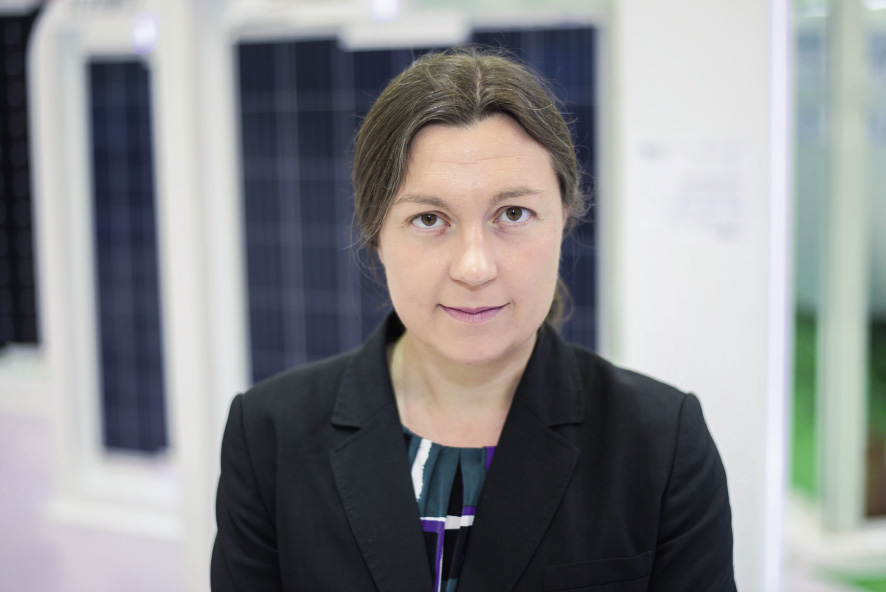pv magazine: What’s the future of solar trade disputes in Europe and the U.S. in light of SolarWorld’s bankruptcy?
Jenny Chase: The EU tariffs and duties are still in place for something like 18 months, and I can’t see them collapsing overnight. However, with nobody in Europe pushing for the tariffs they will collapse. Probably they will do so in the U.S. also, although it seems to be more intensely political in the U.S.
If the tariffs and duties end, what will be the market effect?
Probably very little in the grand scheme of things. This is simply because most of the Chinese companies have factories outside of China now. There will be a small one or two cent reduction in module prices, but already the tariffs were having very little effect, and in fact that is one of the reasons SolarWorld went bankrupt to start with.
And in the U.S.?
The U.S. tariffs are a bit more waterproof, therefore prices in the U.S. have been slightly higher throughout the tariff period than the rest of the world. The Suniva petition is potentially a spanner in the works but we don’t expect much to come of that.
SolarWorld Americas indicated that it would attempt to continue its operations, at least for the time being. How likely is it that this facility can survive?
The U.S. plant is newer than the European one, so it is possibly more technically advanced and competitive. At the same time, there is a lot of supply from third-party countries [outside of China] into the U.S. and I think it will face further competition.
What did you make of the timing? Some have expressed surprise that it came only six weeks after the release of audited financial results, which surely would have assessed the company’s ability to continue operations as an ongoing concern?
It is a bit odd. But on the other hand a lot can happen in three months and they were audited results for 2016. And they did say that the sales figures for April were terrible.
But sales could have been made at Intersolar Europe.
SolarWorld probably has got some inventory it is trying to offload. But the other issue is that once insolvent, it is harder to sell inventory because the warranty is perceived as less valuable. Although my personal view is that any warranty is not particularly valuable beyond the five year horizon.
Will the plants of SolarWorld be acquired?
I suspect in this case probably not, although at other times I have thought this and been proven wrong. It would be a brave buyer who wanted to get into solar manufacturing in today’s market, even at a knockdown price.
First, the companies that possibly would acquire the manufacturing assets are Chinese companies – and they hate SolarWorld. And also many of the buyers are probably not terribly happy about the fact that SolarWorld effectively put up [market] prices over the last years, and that they made them hire trade lawyers to try and understand pretty complex trade laws – which has actually had a bigger impact than the price increase itself.
Does this signal the end of the EU or U.S. manufacturing of modules?
It does look like it unfortunately. In most regions like Europe and the U.S., we make our money from developing new technology and being at the forefront of engineering, development, and research, and not routine assembly work. Even in low wage economies a lot of that work is being done by robots because they are better at it.
This content is protected by copyright and may not be reused. If you want to cooperate with us and would like to reuse some of our content, please contact: editors@pv-magazine.com.

